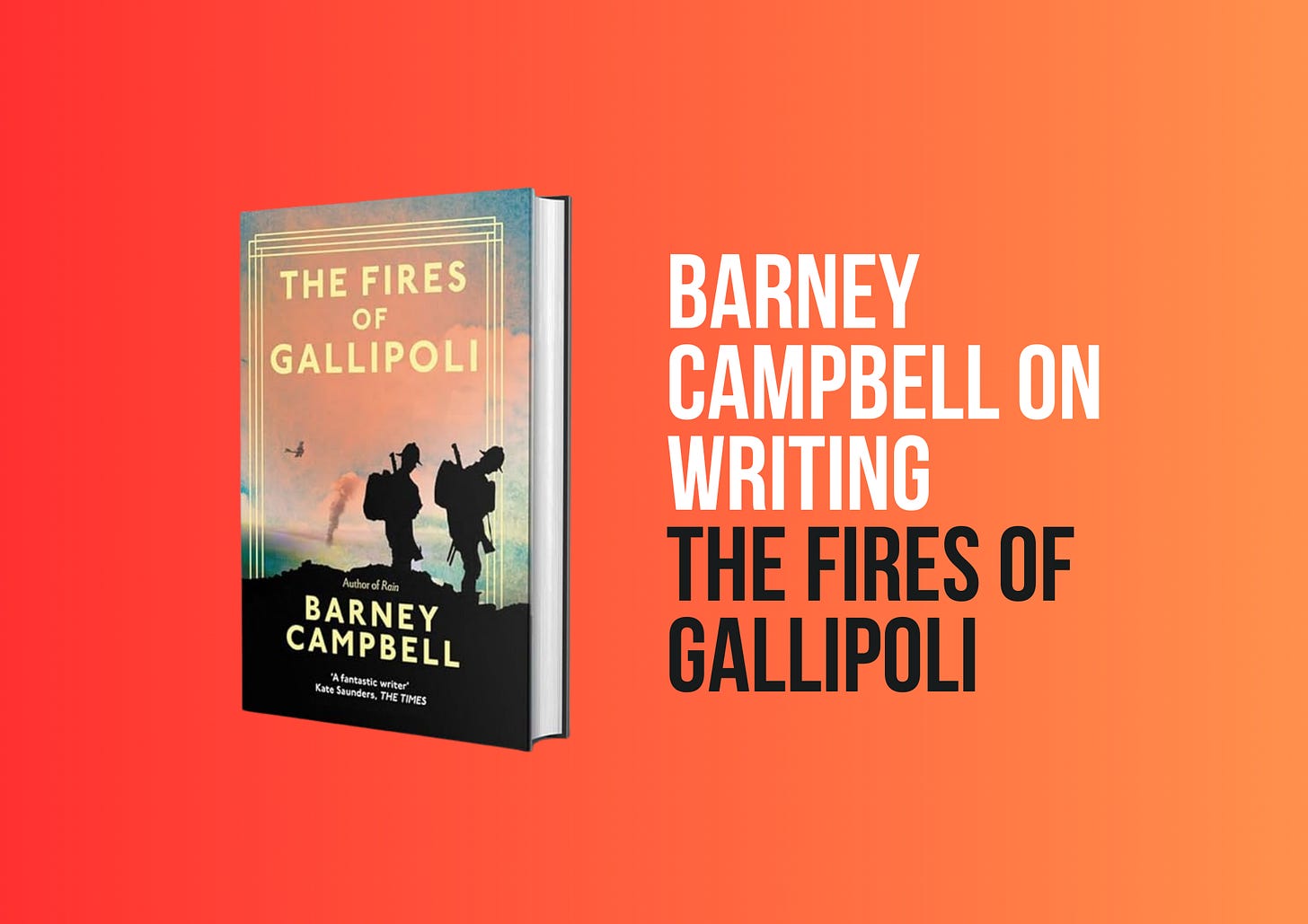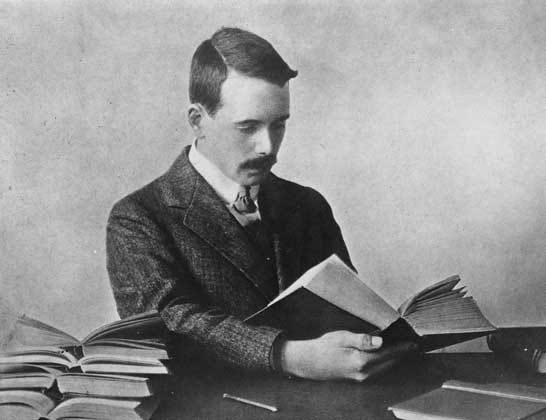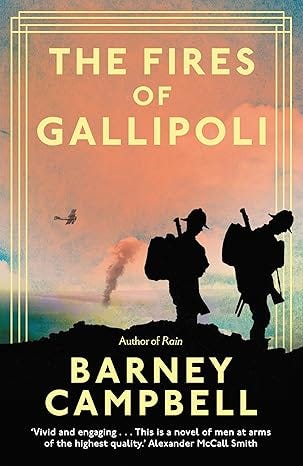The Fires of Gallipoli: Barney Campbell on researching his latest historical novel
Author Barney Campbell reveals the rigours of historical research undertaken for his latest novel set in Gallipoli, 1915
How much research do you need to do to write a historical novel? It was a question I constantly asked myself while planning and writing my new book The Fires of Gallipoli, a story about the friendship between two young officers caught up in the fighting of the Gallipoli campaign of 1915 – 16. There’s no definitive answer, but I suppose a rule of thumb could be that you’ve done enough when you’d be happy to show your work to an expert in the field and not feel embarrassed. It is a wonderful challenge with a strange paradox inherent in it. You are allowed enormous latitude with the really big stuff, your characters – the enduring popularity of Hilary Mantel’s Wolf Hall trilogy and George MacDonald Fraser’s Flashman books prove this – but you have to ensure that the small stuff in the background, the scenery as it were, is faultlessly accurate. You can take large liberties with the dialogue and actions of real-life characters, as long as they remain rooted to their essential nature, but woe betide if you get their physical depictions, the dates of events or equipment details wrong.
While the focus of The Fires of Gallipoli, for instance, is the entirely fictional friendship between Edward Salter and Theodore Thorne, their story is draped over the background of real events and real characters. Those events are the Gallipoli campaign, the build-up to the Battle of the Somme in 1916, the sinking of HMS Hampshire off Orkney when Lord Kitchener was drowned in mysterious circumstances alongside 800 other men, and espionage in postwar Constantinople. The real-life characters with significant parts in the story are Lord Kitchener, his faithful aide Oswald Fitzgerald, the commander of the allied forces at Gallipoli Ian Hamilton, and Valentine Braithwaite, while others play a more minor role, such as the future prime Minister Clement Attlee and the extraordinarily talented physicist Henry Moseley.
I had to make sure that all of these events and characters could have their portrayals able to be corroborated by the source material. So, while I play fast and loose with the dialogue of Kitchener (and had great fun doing so), it is always done within the boundaries of his character as gleaned from half a dozen biographies and countless other books. Similarly, you are allowed licence to conjure up a great battle scene that might never have taken place at all but can only do so once you have worked out a hundred tiny details. For instance, whether Lewis guns or Mills bombs might have been used in the fighting on Gallipoli (answer: no). Such details can be even more quotidian: one of the final edits to be sorted in the book’s creation was trying to work out whether two characters could have drunk beer in a London pub at eleven in the morning under wartime licensing regulations. A small detail to the general reader, even irrelevant, but enough to scupper credibility with the eagle-eyed subject matter experts if you get it wrong. The solution in the end, the answer hiding in a dizzying array of different councils’ individual regulations, was to scrap the detail and have them share a pot of tea instead.
Research also took the form of getting an on-the-ground feel of a place. I visited the Gallipoli peninsula, for instance, when I was in the Army, just before I went on a tour of Helmand Province at the height of the fighting there in 2009. I was struck immediately by the atmosphere of the battlefield, surrounded at several points by a feeling of unquiet ghosts all around me. Ever since I have been fascinated by this battle and its great gamble, arguably the one piece of strategic blue sky thinking that the Allies came up with during the First World War. That trip became the foundation for more conventional research into Gallipoli, from history books, diaries, novels and the online photograph archive of the Imperial War Museum, a particularly fine resource. The literature is voluminous and for this most evocative and controversial battle its proliferation shows no sign of letting up. In my view Alan Moorehead and Robert Rhodes James’s works, written in 1956 and 1965 respectively, remain the classic ones on the subject and are certainly the most readable.
It is quite a responsibility, writing a portrait of real-life characters and events. While it helps that the people have been dead for several generations now, and many of the events long vanished from the national consciousness, nevertheless you owe to their memory and to historical rectitude the intellectual and moral rigour of thorough research so that you can confidently justify your story. I hope that its readers will enjoy The Fires of Gallipoli and that they are inspired by it to find out more about the historical events that it depicts. Of course, once the book gets into the hands of a First World War expert I’m sure It will become clear whether in fact I did do enough research…
The Fires of Gallipoli by Barney Campbell is published by Elliott & Thompson Limited and is available now at all good bookshops.
You can also order a copy from Amazon here.





